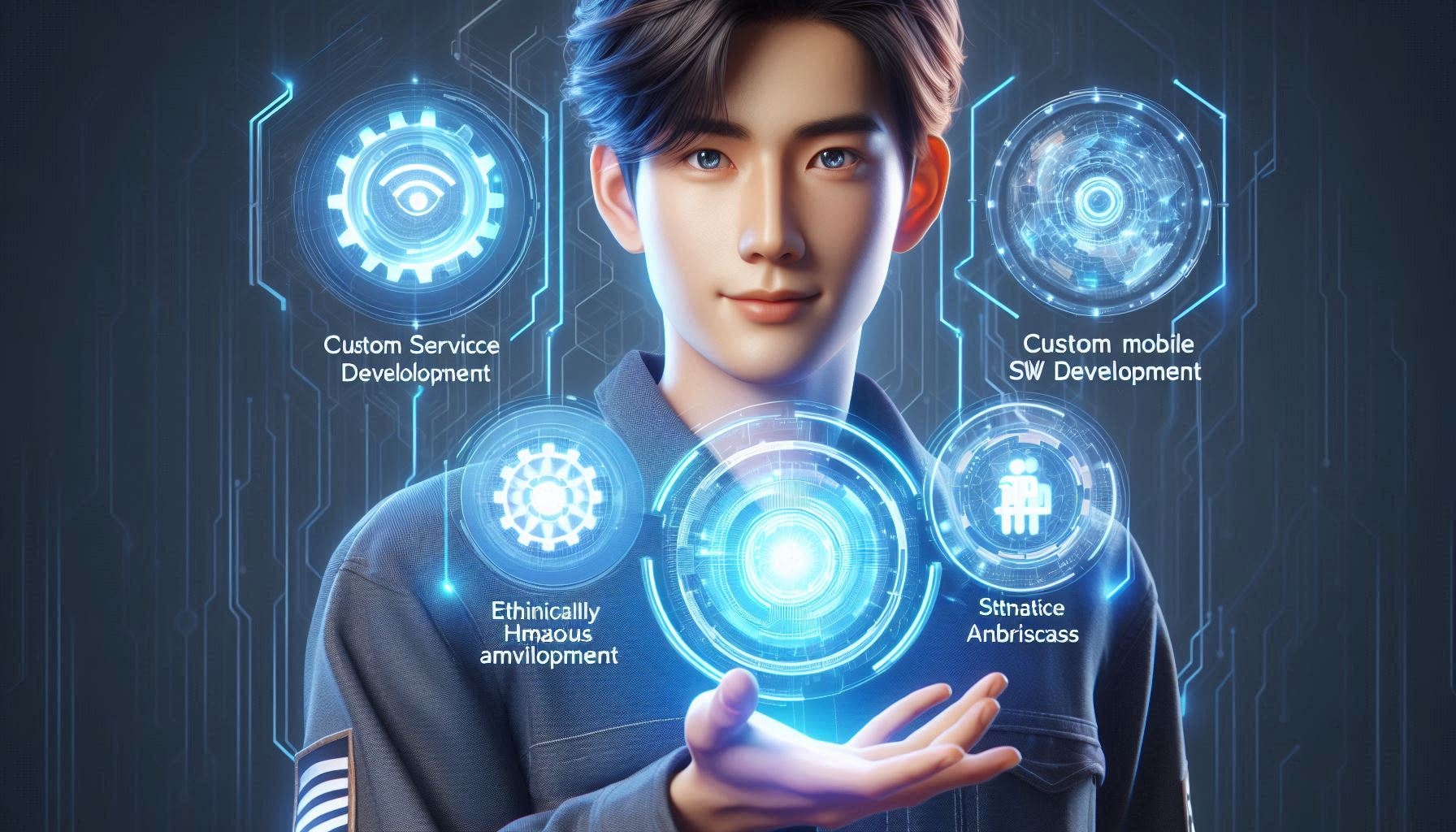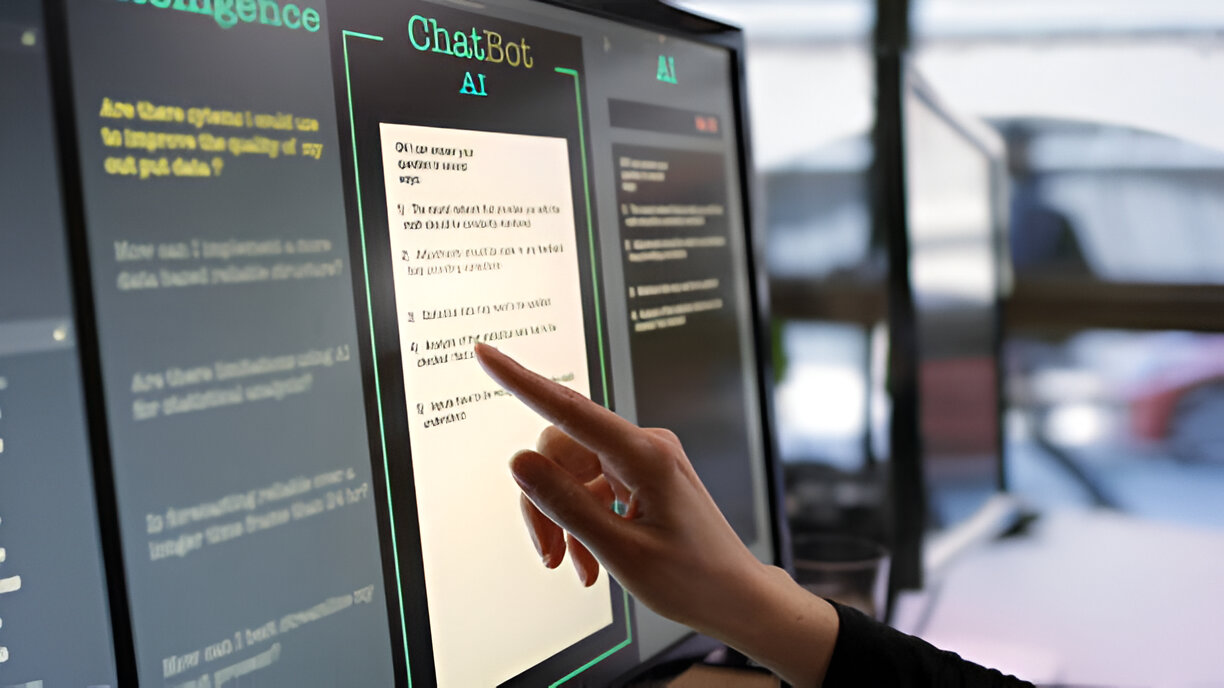In an era where digital interactions dictate consumer behavior, headless CMS development has become a cornerstone for businesses pioneering an agile approach to content management. Unlike traditional content management systems that tightly couple the front end and back end, headless CMS architecture separates these components, facilitating a more flexible and dynamic user experience. As companies seek to tailor content delivery across diverse platforms—such as websites, mobile applications, and IoT devices—the traditional CMS setup faces challenges like performance bottlenecks, limited scalability, and cumbersome updates.
Have you ever wondered how the right architectural choices can enhance flexibility and streamline user experiences? By embracing headless CMS development architecture, businesses can resolve many of these pain points while harnessing the power of APIs and microservices. This guide outlines essential architecture best practices that not only optimize headless CMS applications but also pave the way for vibrant and responsive digital ecosystems.
Importance of Headless CMS Development Architecture
The significance of headless CMS development architecture cannot be understated. This foundational framework empowers businesses to maintain a consistent user experience across multiple channels while simplifying development processes. Here are some critical considerations:
Key Principles of Headless CMS Development Architecture
Key principles that govern effective headless CMS development architecture include:
- Decoupling: By separating the presentation layer (front end) from the content management layer (back end), teams can develop and deploy updates independently, which significantly enhances efficiency.
- API-First Approach: APIs play a central role in connecting disparate systems and data sources. This approach not only ensures that content is fluid and accessible across platforms but also extends the potential for integrations with third-party services.
- Modular Design: Building a modular architecture allows teams to plug in new features or services as needed. This adaptability fosters innovation and helps keep the system relevant as user needs evolve.
The decoupling of front-end and back-end operations enhances flexibility, enabling developers to innovate without risking disruption to the entire system. For example, if a company decides to update its user interface, it can do so without altering backend processes, thereby reducing downtime and error risks.
Benefits of a Scalable Headless CMS Development Architecture
Scalability is crucial for modern applications, where user traffic can vary significantly. A scalable headless CMS development architecture leads to benefits that directly impact performance and user experience, including:
- Improved Load Times: By optimizing content delivery networks (CDNs) and using caching strategies, headless CMS solutions can serve content more rapidly to users.
- Increased User Engagement: Faster load times and seamless content delivery lead to better overall user experiences, which can drive increased engagement and conversion rates.
For instance, companies like Coca-Cola have successfully leveraged scalable headless CMS architectures to handle millions of simultaneous users during online campaigns, providing consistent performance without lag. This capability ensures they can meet demand spikes without compromising on speed or reliability.
Reference Architecture for Headless CMS Development
Setting up a reference architecture for headless CMS development is essential for ensuring that systems meet industry standards and can handle future growth effectively.
Components of Effective Reference Architecture
Effective reference architecture should consist of several key components:
- Content Repository: This is where all content is stored and managed. Utilizing a cloud-based repository can ensure high availability and scalability.
- API Gateway: Acts as the central point for managing APIs, facilitating communication between front-end and back-end layers.
- Frontend Frameworks: These frameworks (such as React or Vue.js) are essential for creating dynamic user interfaces.
- Middleware: Employing middleware solutions can help orchestrate communication and data processing between various applications.
APIs are particularly critical in headless CMS development since they enable different teams to work concurrently, thus accelerating the development cycle. They also provide flexibility, allowing different devices and applications to interact with the CMS seamlessly.
Case Studies of Successful Reference Architecture
Several organizations that have implemented effective reference architectures for their headless CMS development serve as excellent examples:
- Nike: The sportswear giant adopted a headless CMS architecture that allowed it to deliver personalized content across its various platforms. By utilizing an API-driven approach, Nike improved its marketing campaigns’ efficiency and relevance, leading to increased sales.
- PepsiCo: Known for its snack and beverage brands, PepsiCo implemented a headless CMS to enhance its online presence across multiple regions. By leveraging a scalable architecture, the company has successfully accessed and updated content in real-time, enabling better local market engagement.
These case studies highlight how a well-planned reference architecture can yield significant improvements in content management efficiency, user engagement, and overall operational agility.
Choosing the Right Software Development Company for Headless CMS
When embarking on a headless CMS project, selecting the right software development company is paramount. The success of your implementation heavily relies on the expertise and experience of the vendor you choose.
Evaluating Experience in Headless CMS Development
- Domain Expertise: Look for a company with proven experience in headless systems specifically. Check their past client engagements and projects that align with your industry.
- Technical Know-How: Ensure they are well-versed in the technologies that underpin headless CMS solutions, including APIs, microservices, and cloud platforms.
When evaluating potential partners, consider asking for case studies that demonstrate their capability in handling similar projects, as this will provide insight into their practical experience and problem-solving approach.
Assessing Portfolio and Case Studies
A robust portfolio is a strong indicator of a company’s ability to deliver on its promises. Here are steps to assess their qualifications:
- Diversity of Projects: Review their portfolio to verify the variety of projects they’ve handled. A company with experience across different sectors can bring unique insights and solutions to your project.
- Key Metrics for Success: Evaluate case studies to uncover important metrics like time-to-market, performance improvements, and client satisfaction levels. Achieved results in past projects can serve as a potent indicator of potential success for your project.
By setting clear criteria for evaluating potential software development companies, you increase the chances of selecting a partner who will align with your project goals and deliver the best possible outcomes.
Mobile App Development Company Solutions for Headless CMS
As mobile applications continue to gain importance in the digital landscape, understanding how to leverage a headless CMS within a mobile app context becomes invaluable.
Integration Between Headless CMS and Mobile Apps
Integrating a headless CMS with mobile applications is essential for delivering rich user experiences. Here are some key benefits of adopting a headless approach:
- Consistent Content Delivery: Headless CMS allows mobile app developers to pull content using APIs, ensuring that users have access to the latest content regardless of the device they are using.
- Faster Development Cycles: Teams can develop front-end applications independently from the back end, speeding up development times and allowing for quicker iterations.
For example, many businesses are adopting headless CMS to ensure their mobile applications can deliver a seamless user interface and experience. By utilizing RESTful APIs, companies can ensure that mobile apps receive timely data updates without a hitch.
Best Practices for Collaborating with a Mobile App Development Company
To ensure that your collaboration with a mobile app development company is successful, consider implementing these best practices:
- Establish Clear Communication Channels: Maintain open lines of communication to facilitate ongoing dialogue about progress and challenges. Regular meetings can help align goals and expectations.
- Shared Objectives: Having both teams focused on common goals, such as user engagement and performance metrics, encourages collaborative problem-solving and innovation.
By focusing on collaboration and communication, companies can create a synergy that not only improves project outcomes but also enhances the final product’s user experience.
Best Practices for Headless CMS Development Process
Adopting best practices throughout the headless CMS development process is critical for ensuring project success and delivering high-quality results.
Planning Your Headless CMS Development Roadmap
A well-structured development roadmap can serve as a blueprint for your headless CMS project. Here are several key elements to include:
- Define Clear Goals: Establish what you aim to achieve with your headless CMS development. Specificity allows teams to retain focus and measure success effectively.
- Milestones and Deliverables: Break down the project into manageable phases with key milestones to track progress over time. This could include things like initial front-end drafts, API integrations, or content migrations.
By meticulously planning your development journey, you can avoid pitfalls and maintain momentum throughout the project lifecycle.
Continuous Improvement in Headless CMS Development
The landscape of digital content is always evolving, making continuous improvement an essential part of headless CMS development. Here are some strategies:
- Iteration and Feedback Loops: Implement regular review cycles where stakeholders can provide input on the content and functionality. This flexibility allows for rapid adjustments based on user patterns and feedback.
- Utilizing Analytics: Leverage analytics tools to track user engagement and content performance. Data-driven insights can help prioritize changes that boost user interaction and retention.
Engaging in regular analysis and iteration fosters a culture of improvement, ensuring that the headless CMS remains relevant and grows with user demands.
Future Trends in Headless CMS Development Architecture
As technology advances, the evolution of headless CMS development architecture continues to impact business practices.
Embracing Emerging Technologies
The integration of emerging technologies, such as artificial intelligence and machine learning, has transformative potential for headless CMS development. Here’s how they impact the landscape:
- Personalized Content Delivery: AI can analyze user behavior to deliver personalized content tailored to individual preferences, enhancing engagement.
- Automation: Machine learning can automate various aspects of content management, from tagging to organization, thus reducing manual workload and allowing teams to focus on more strategic tasks.
Companies that adopt these emerging technologies can drive significant advantages, setting them ahead of competitors who rely on more traditional systems.
Predictions for the Future of Headless CMS
As digital experiences continue to evolve, here are some predicted shifts within the industry:
- Greater Adoption of Headless Architectures: More businesses will transition to headless CMS as the demand for omnichannel content delivery increases.
- API Standardization: We may see emerging standards for APIs, making integration across systems smoother and more reliable.
To prepare for these changes, companies should focus on building flexible, adaptable systems that can thrive in an ever-evolving digital landscape.
Conclusion
In summary, understanding the architecture best practices for headless CMS development can significantly enhance your ability to deliver effective, flexible, and scalable content management solutions. By implementing the recommendations outlined in this guide, businesses can optimize their headless CMS applications for improved performance and user satisfaction.
At Wildnet Edge, we understand the complexities of headless CMS solutions and leverage an AI-first approach to empower businesses with cutting-edge content management strategies. As a trusted authority in this domain, we encourage you to consider partnering with us for your next headless CMS project, ensuring that your digital initiatives are future-proof and impactful.
FAQs
Headless CMS development involves a content management system that separates the front end from the back end, allowing for greater flexibility and scalability.
It operates by using APIs to connect different services, ensuring content can be delivered across various platforms while maintaining consistency.
Reference architecture provides a framework for best practices, guiding teams to implement proven structures for headless CMS projects.
Look for a company with specific expertise in headless systems, a strong portfolio, and a track record of successful implementations.
They can ensure seamless integration, focusing on responsive design and enhancing user experience across multiple devices.

Nitin Agarwal is a veteran in custom software development. He is fascinated by how software can turn ideas into real-world solutions. With extensive experience designing scalable and efficient systems, he focuses on creating software that delivers tangible results. Nitin enjoys exploring emerging technologies, taking on challenging projects, and mentoring teams to bring ideas to life. He believes that good software is not just about code; it’s about understanding problems and creating value for users. For him, great software combines thoughtful design, clever engineering, and a clear understanding of the problems it’s meant to solve.
 sales@wildnetedge.com
sales@wildnetedge.com +1 (212) 901 8616
+1 (212) 901 8616 +1 (437) 225-7733
+1 (437) 225-7733































